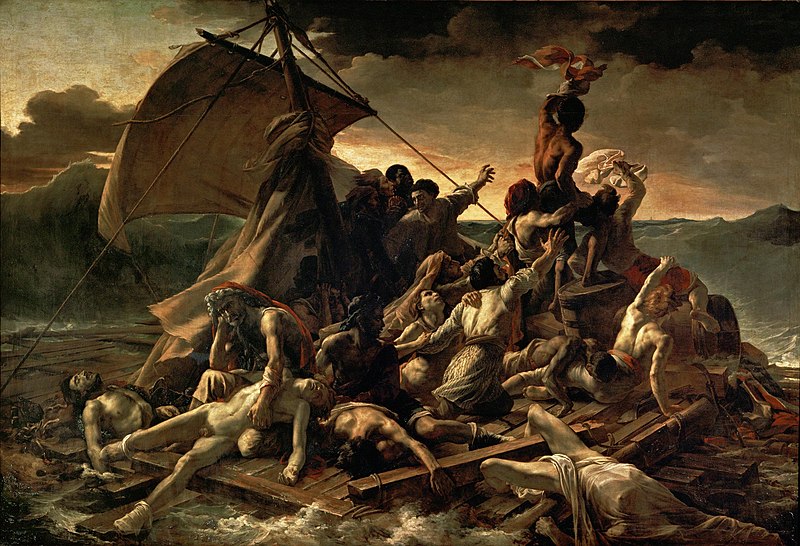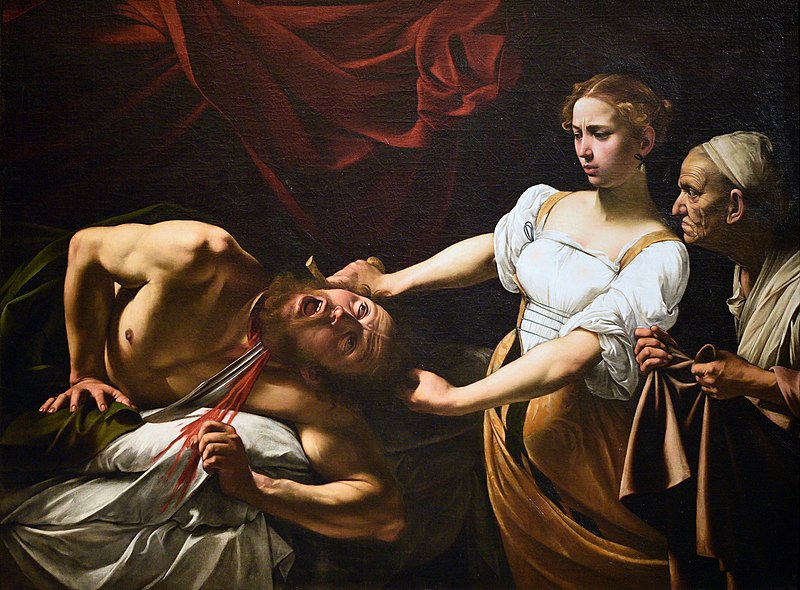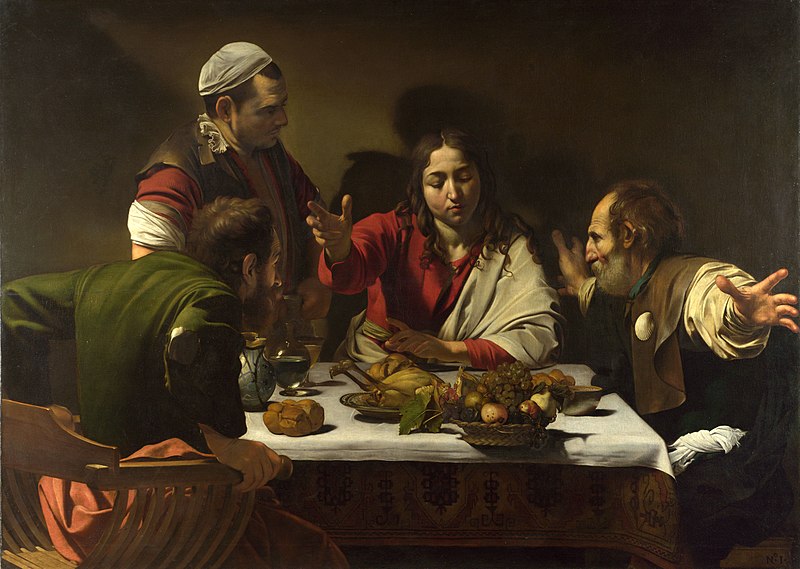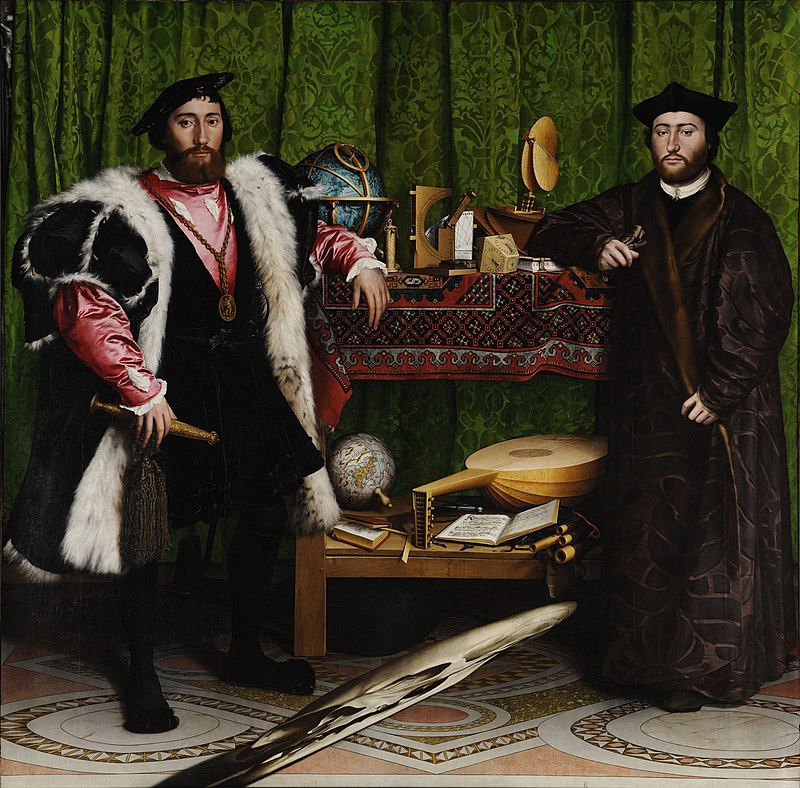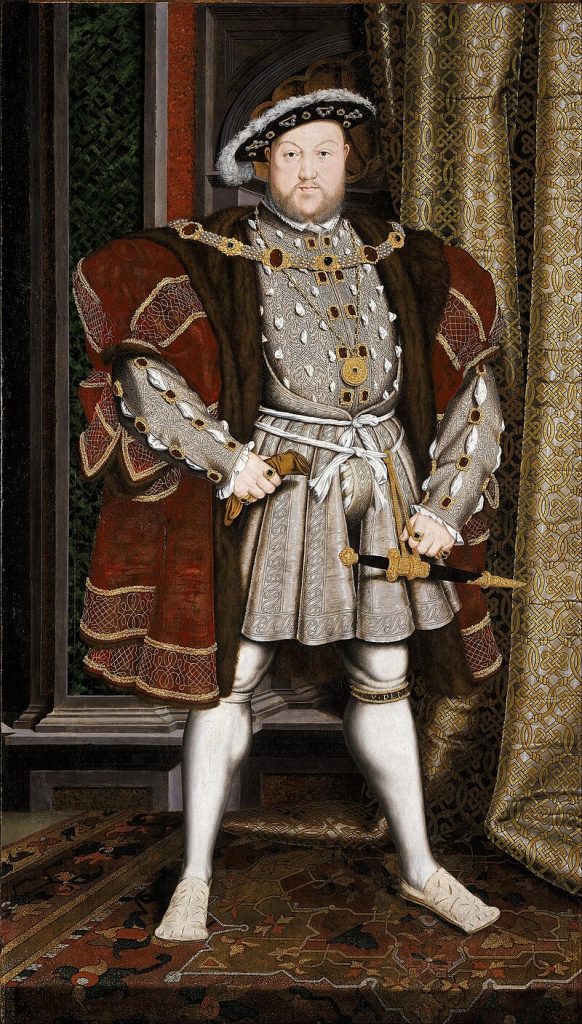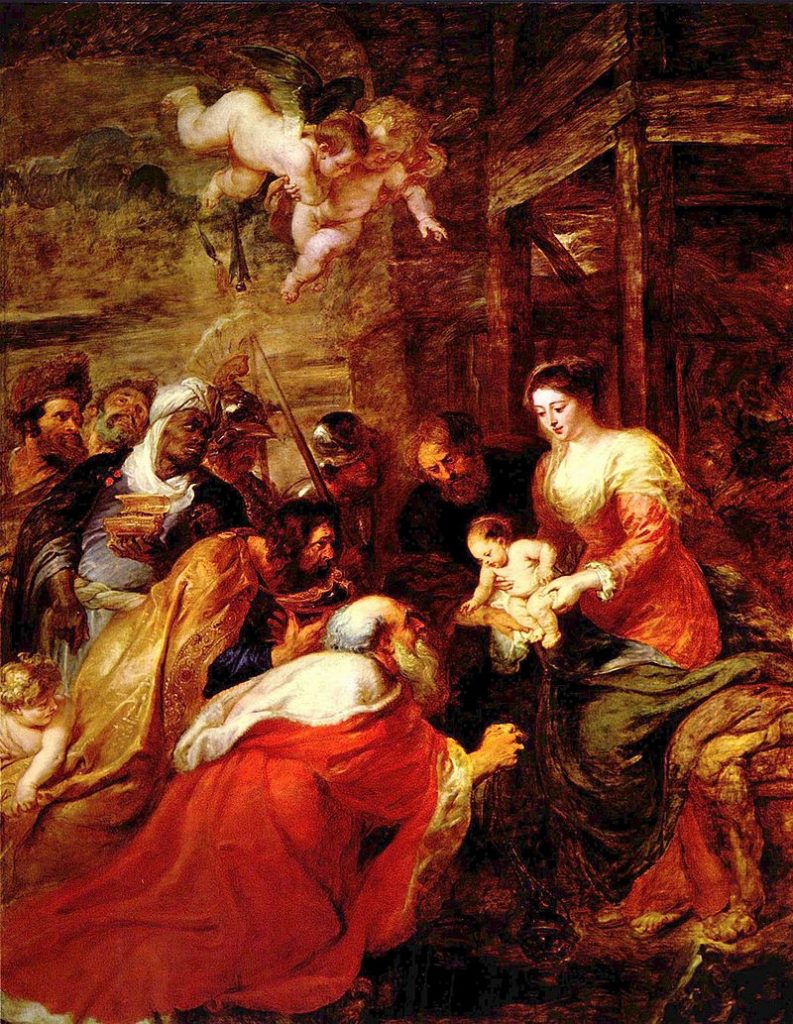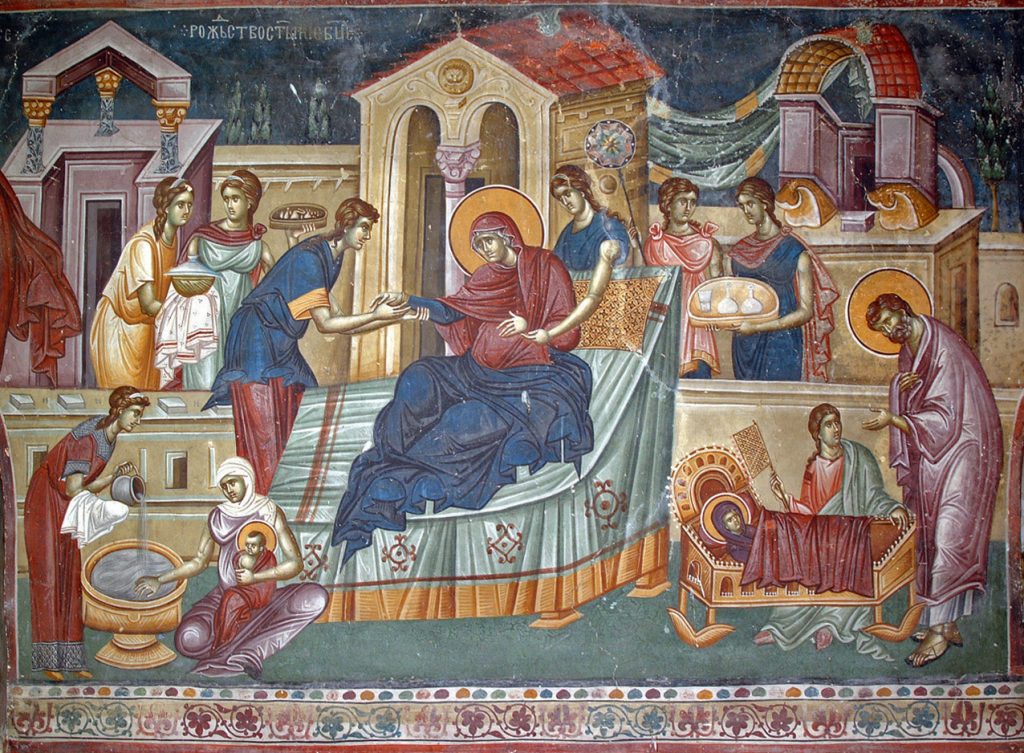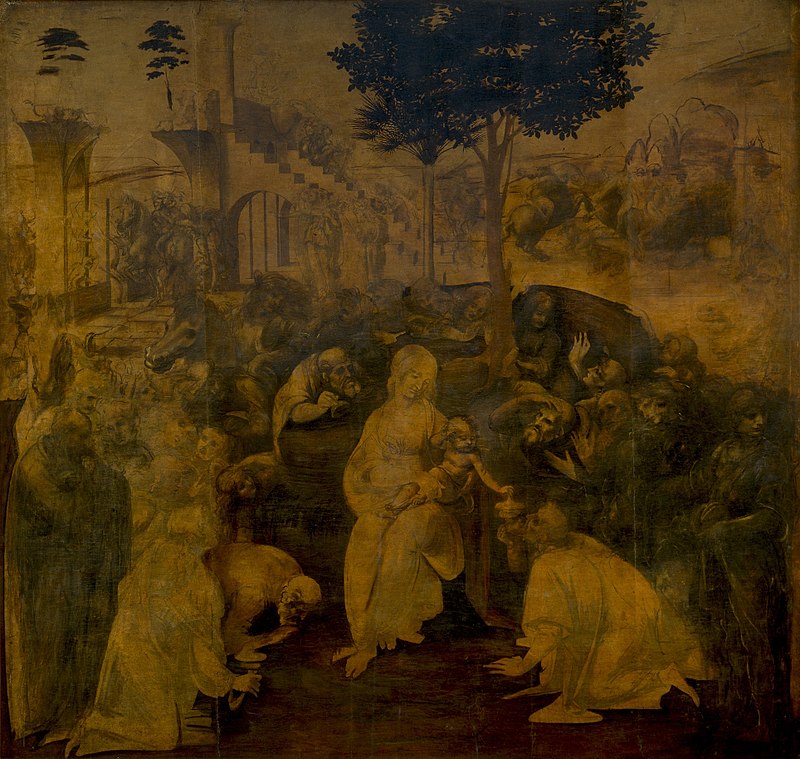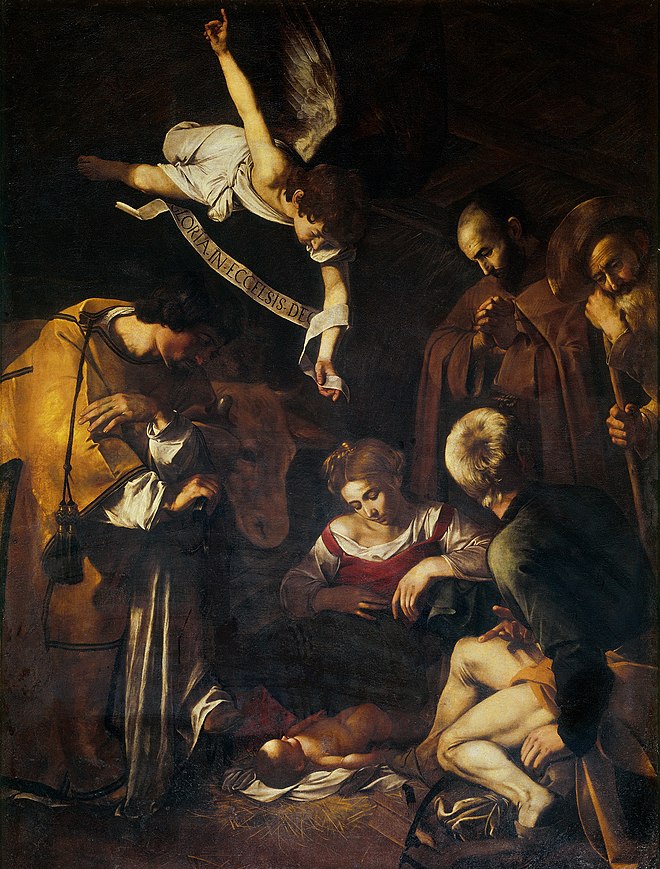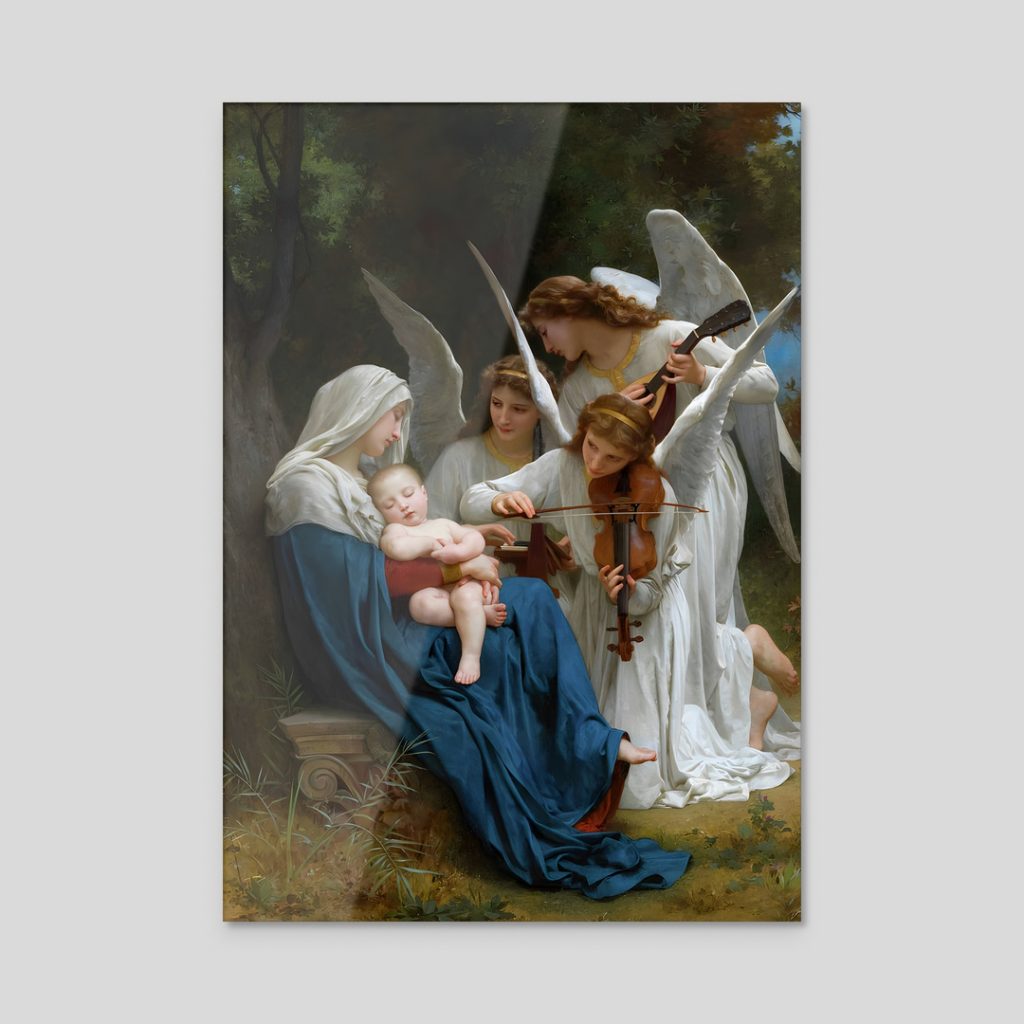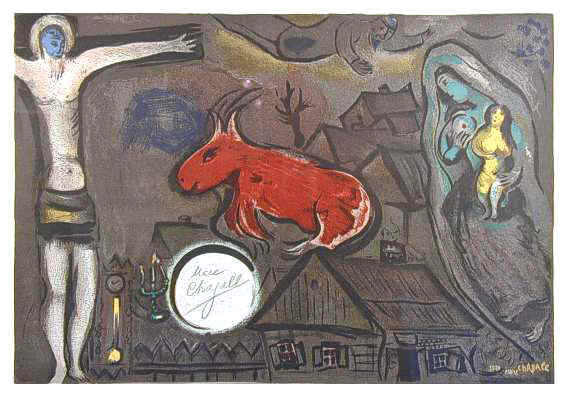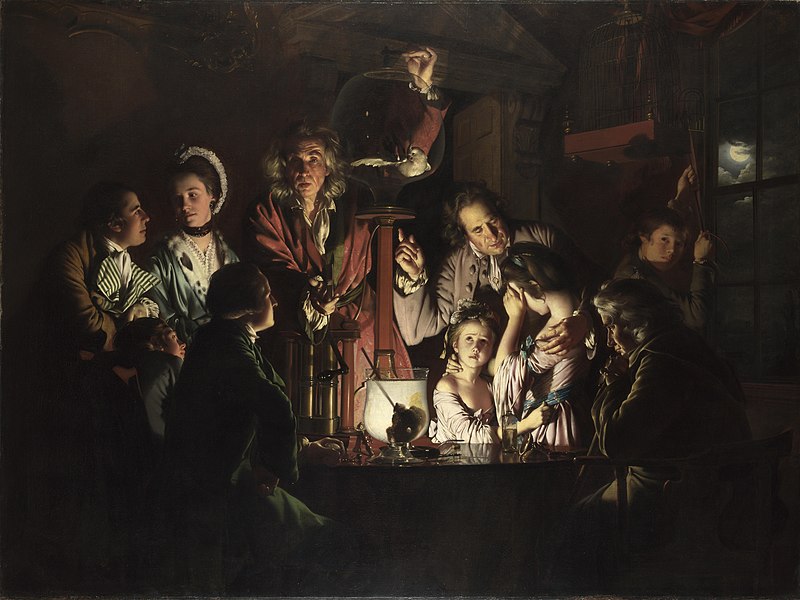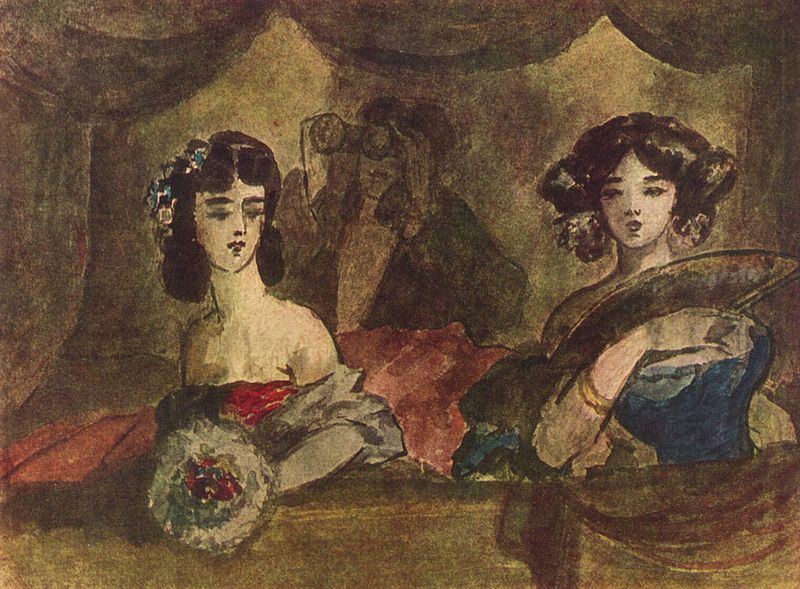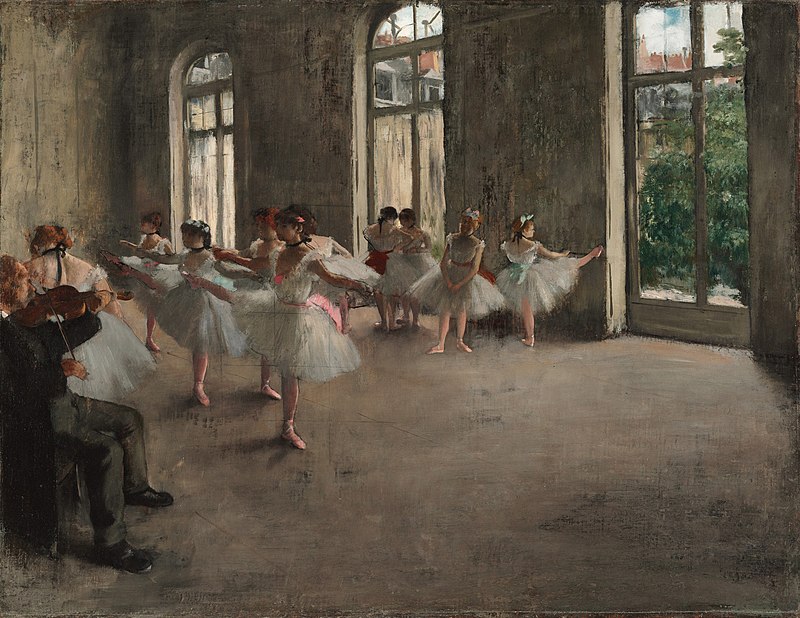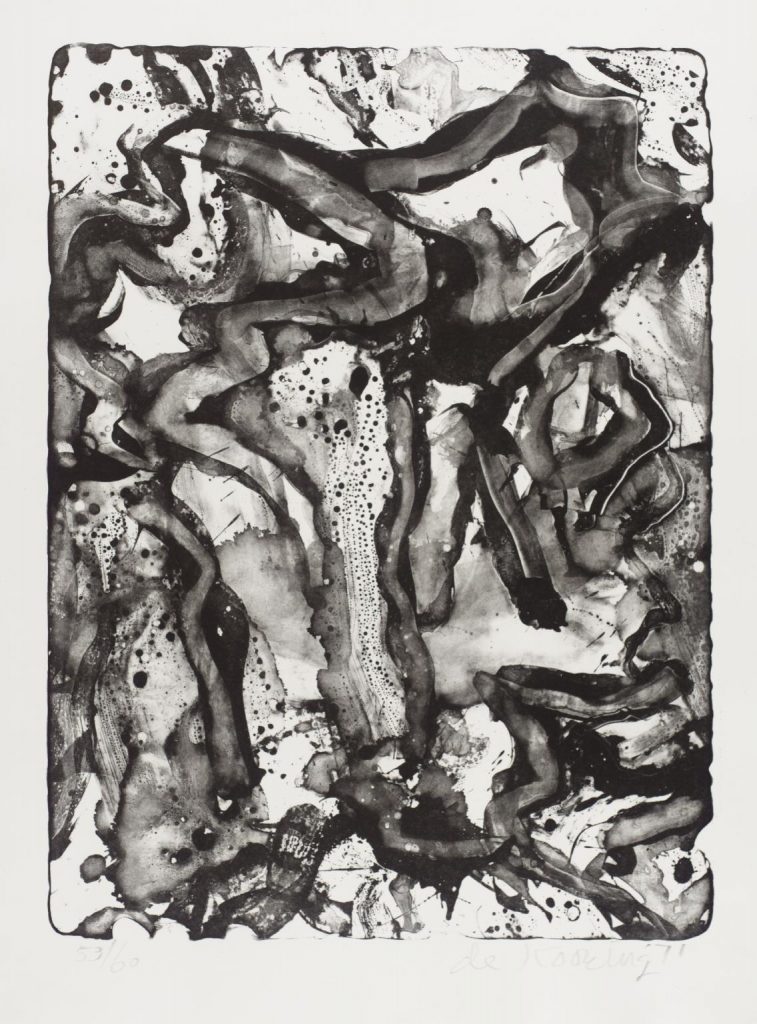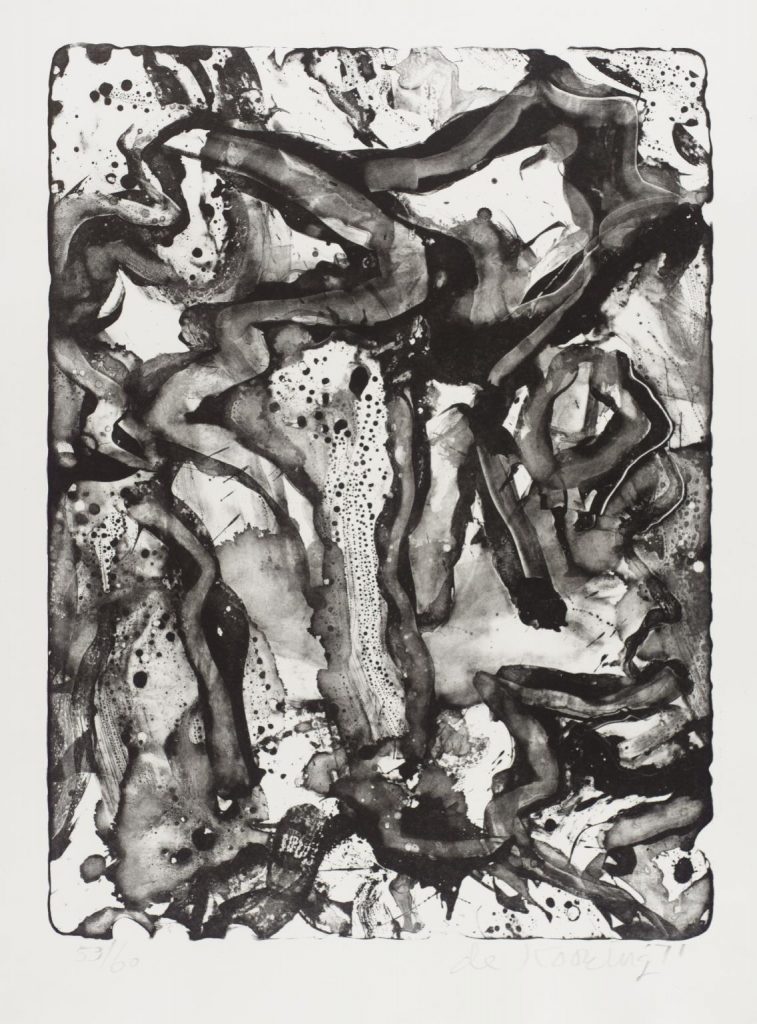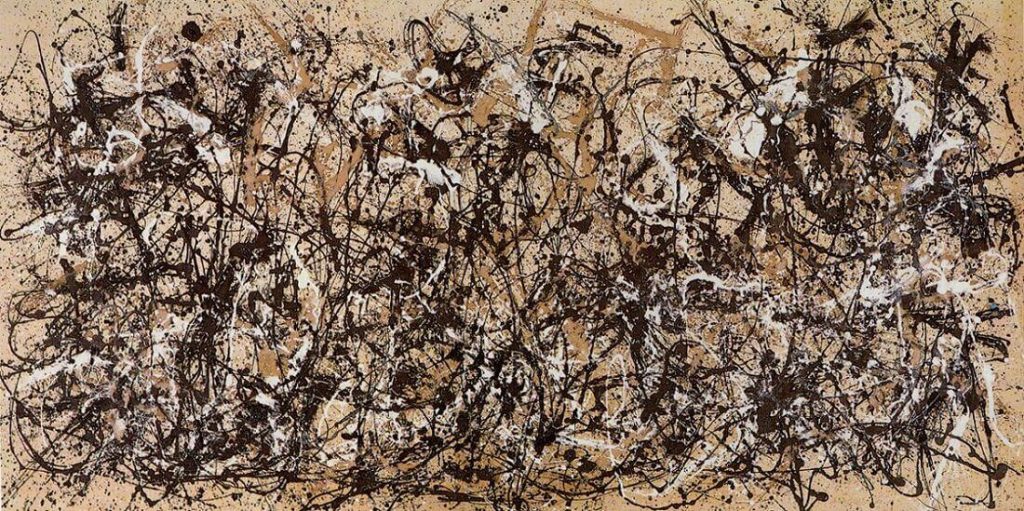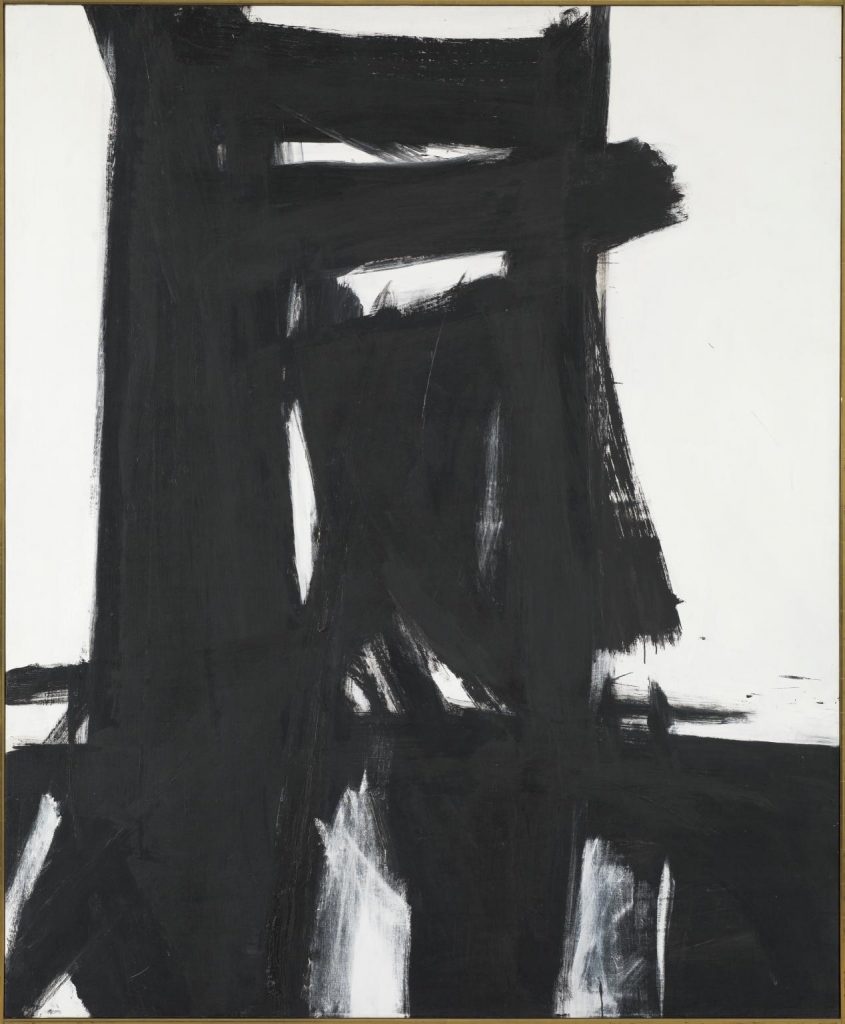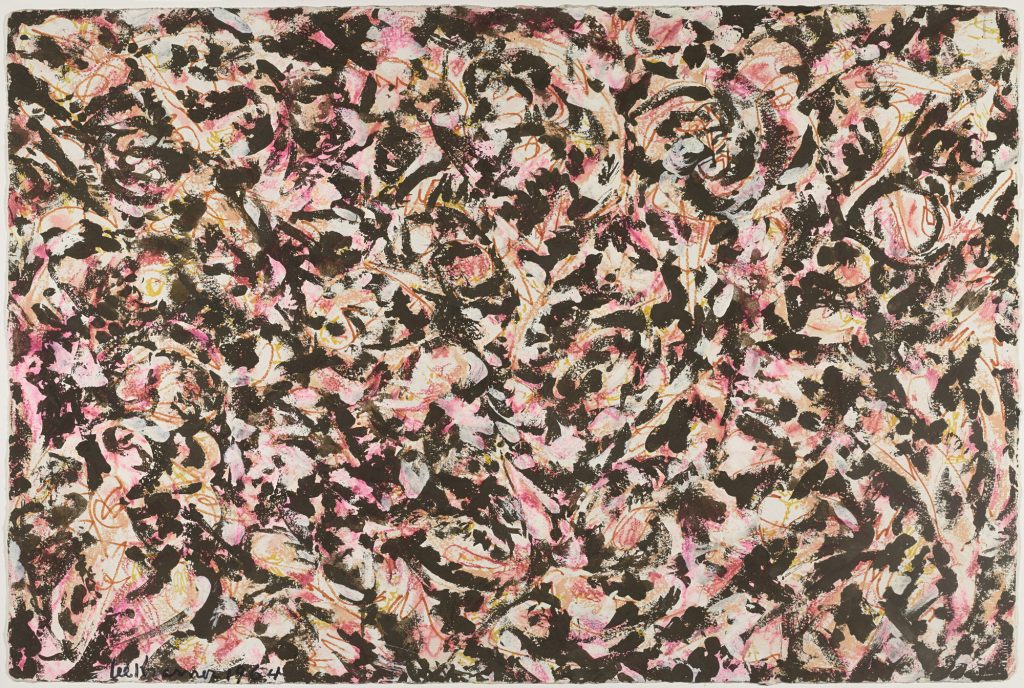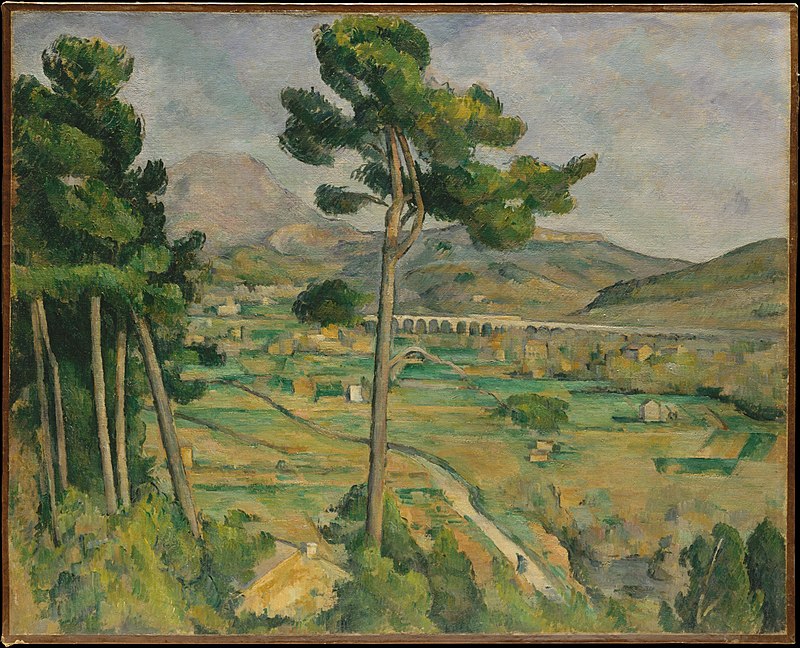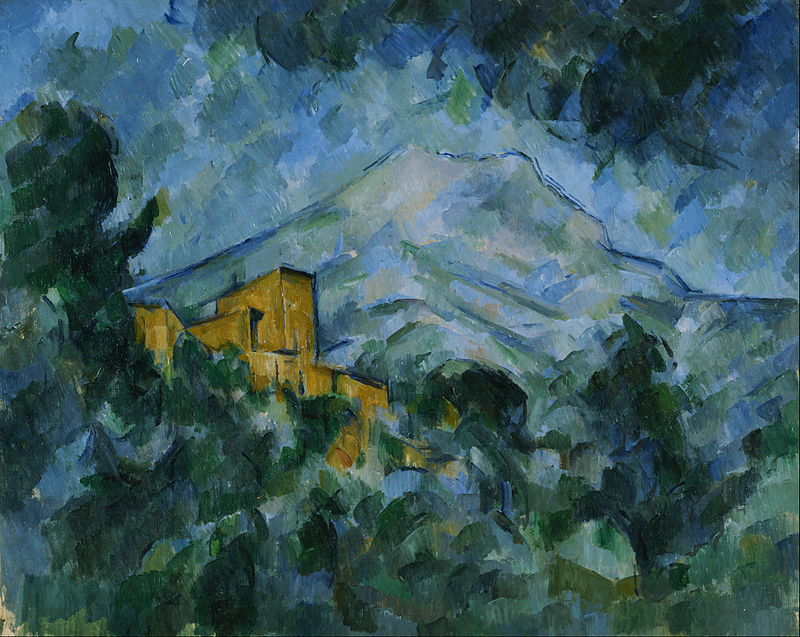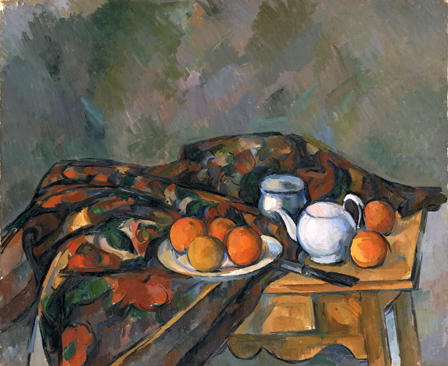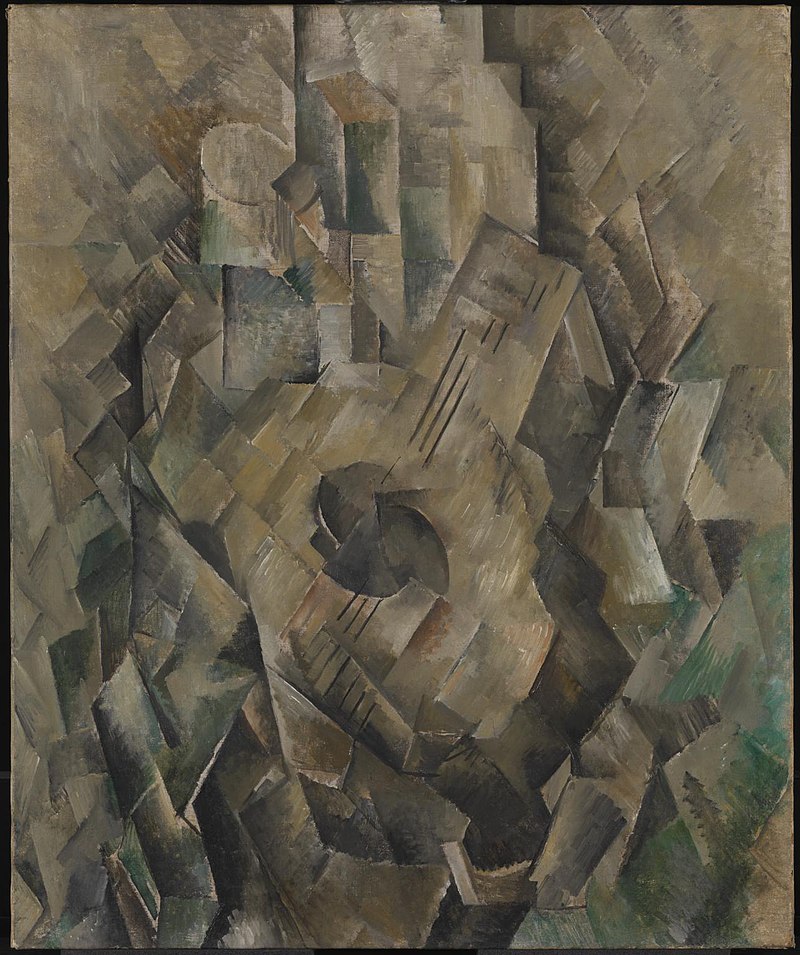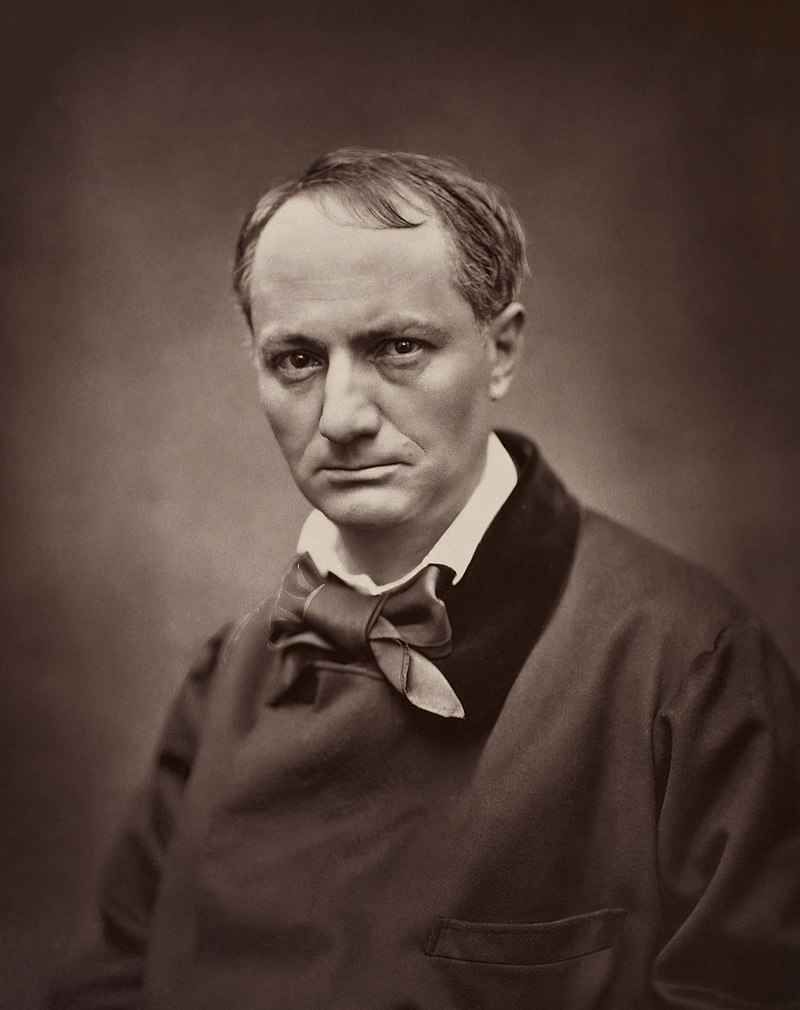
Madame Pompadour, 1914, oil on on canvas, Art Institute of Chicago, Chicago, IL, US
Abstract: Amedeo Modigliani, an Italian artist of the early 20th century, remains a towering figure in the annals of modern art. His distinctive style, characterized by elongated figures, simplified forms, and a sense of timeless elegance, has captivated art enthusiasts and scholars alike. This paper explores Modigliani’s life, artistic influences, and enduring legacy, examining the unique contributions he made to the modernist movement.
The Modigliani Style: One of the most striking aspects of Modigliani’s art is his distinctive style, characterized by elongated figures, almond-shaped eyes, and sensuous curves. His portraits, rendered with a bold simplicity and a keen sense of line, exude a timeless elegance and emotional depth. Modigliani’s use of color, often muted and subtle, adds to the enigmatic allure of his compositions.
Portraiture and the Human Psyche: Central to Modigliani’s oeuvre is his fascination with the human face and form. His portraits, whether of friends, lovers, or anonymous sitters, offer glimpses into the inner lives of his subjects. Through subtle gestures and expressions, Modigliani captures the essence of his sitters, revealing their vulnerabilities, desires, and complexities.

Reclining Nude 1919. Museum of Modern Art, New York
Legacy and Influence: Although Modigliani’s career was cut short by his untimely death at the age of 35, his impact on the art world was profound and enduring. His influence can be seen in the works of later artists, from figurative painters to abstract expressionists. Modigliani’s ability to distill the essence of the human experience into timeless works of art ensures his place among the pantheon of modernist visionaries.
Conclusion: Amedeo Modigliani’s legacy endures as a testament to the power of artistic vision and creative expression. Through his distinctive style and evocative portraits, he captured the spirit of a tumultuous era while transcending the boundaries of time and place. As we continue to study and appreciate his art, we are reminded of the enduring power of beauty, empathy, and the human spirit.

